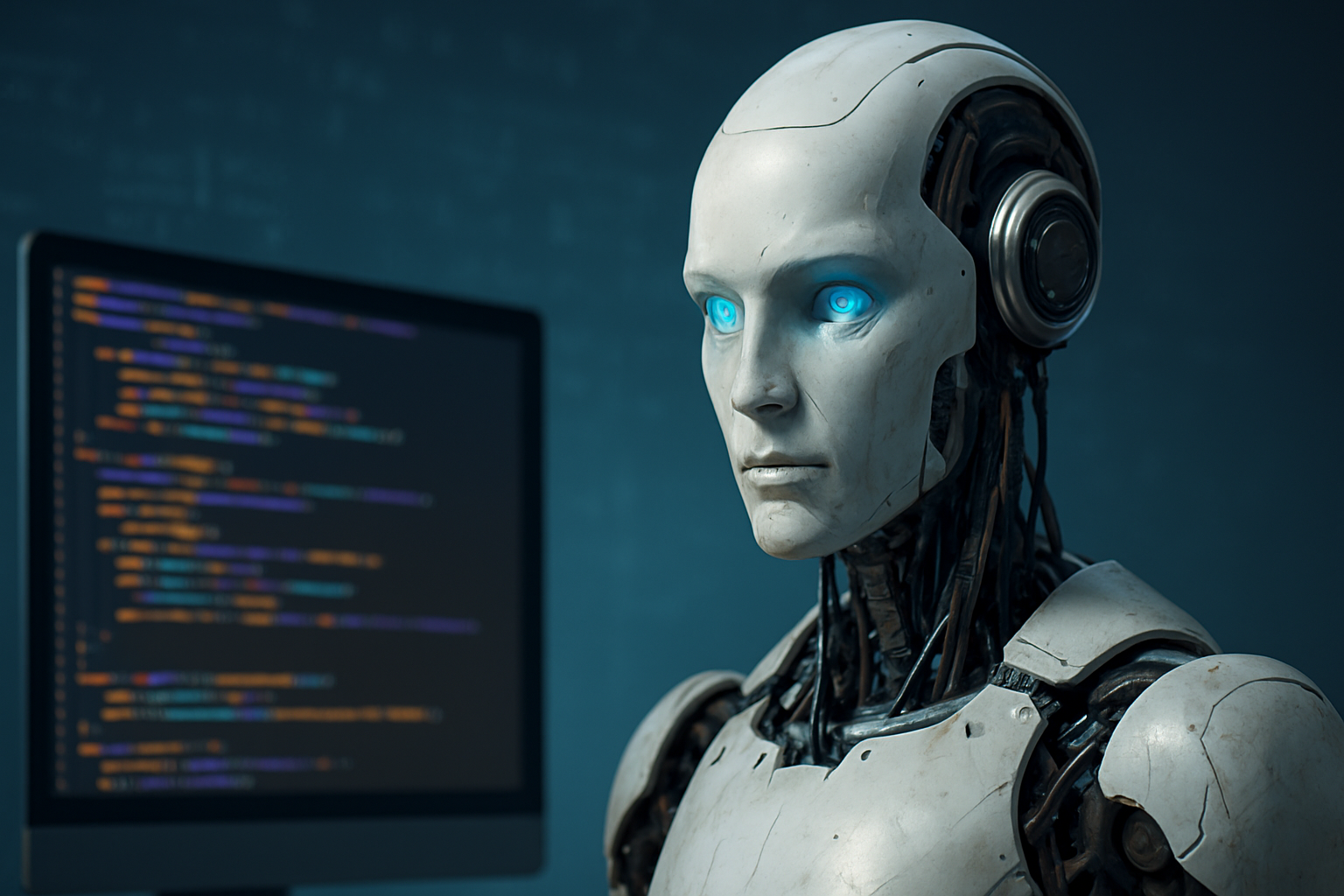GPT-5 has officially arrived, and OpenAI is betting big on a strategy that’s as bold as it is simple: one model to handle nearly every task. Unlike previous releases where users had to choose between multiple versions for different needs, this time the company is promoting GPT-5 as a single, highly capable system equally at home drafting marketing copy, analyzing legal documents, coding complex applications, or even offering in-depth scientific reasoning.
Why OpenAI Is Moving Toward a One Size Fits All Model
OpenAI’s leadership believes that consolidating into one flagship model reduces complexity for end users. Instead of wondering which AI is the right fit for a given job, businesses and individuals can simply work with GPT-5 for everything. This approach also reflects the growing maturity of large language models: the gap between specialized and general purpose performance has narrowed significantly, making it possible to cover more ground with one well trained system.
From an operational standpoint, this shift means faster adoption. Tech teams no longer need to integrate or maintain multiple AI endpoints. And for OpenAI, a unified architecture means more consistent improvements across all use cases, since updates automatically benefit every user.
Early Real World Impact
One pharmaceutical company reported a dramatic improvement in its research workflow after piloting GPT-5. The AI helped analyze complex biochemical datasets, generating concise, well structured summaries for human scientists to review. According to the project lead, the new model reduced the turnaround time for certain data reports from three days to just a few hours, without compromising accuracy.
In the retail sector, a global e-commerce brand used GPT-5 to automate product description generation for multiple languages. The result was a 40% increase in content production speed, freeing up their creative team to focus on campaign strategy instead of repetitive writing tasks.
These early success stories indicate that GPT-5’s versatility is more than a marketing slogan it’s delivering measurable productivity gains across very different industries.
The Cheap to Train Breakthrough
Perhaps just as significant as its capabilities is the claim that GPT-5 or at least an open variant was comparatively inexpensive to train. OpenAI attributes this to efficiency improvements in model architecture, better data filtering, and smarter use of computing resources.
Lower training costs have two major implications.
1. Broader Accessibility More users, including startups and researchers, could gain access to high level AI without prohibitive expenses.
2. Faster Iteration Reduced costs make it easier for OpenAI to release improvements more frequently, without the multi year gaps that characterized earlier versions.
For the AI ecosystem, this signals a future where powerful models are not just the domain of tech giants, but tools that can be deployed widely at reasonable prices.
Support and Skepticism
AI industry analysts are cautiously optimistic. Dr. Lena Howard, a machine learning researcher at MIT, noted. If GPT-5 truly performs at a high level across domains, the unified model approach could simplify AI adoption dramatically. But the one size fits all promise needs rigorous testing in edge cases areas where domain specific knowledge is critical.
Some experts worry that while GPT-5 may excel in general tasks, niche applications like medical diagnostics or legal interpretation may still require domain specific fine tuning.
Still, the consensus among technology strategists is that OpenAI’s approach is pragmatic. By focusing on one strong core model, they can direct resources toward safety, reliability, and accessibility instead of dividing efforts across multiple versions.
As someone who has worked with multiple AI models over the years, I found GPT-5’s output strikingly balanced. In my own tests, it handled everything from summarizing 100 page policy reports to generating clean, bug free Python scripts in one pass.
One particularly telling experience was a collaboration with a nonprofit working on climate data. The team needed accurate translations of environmental reports from French and Spanish into English. GPT-5 not only translated the text but also reformatted tables and graphs for clarity something earlier models often mishandled.
These moments illustrate why many early adopters feel the model’s one size fits all claim holds weight.
What One Size Fits All Really Means
It’s important to clarify that one size fits all doesn’t mean GPT-5 will replace every specialized tool. Instead, it means that for a vast majority of tasks, a single high capability model can get you close to the finish line and often across it. Fine tuning and domain specific customization will still play a role in highly sensitive or technical contexts, but for 80 to 90% of business and creative needs, GPT-5 could be a complete solution.
Pair that with the lower training cost, and the economics of AI deployment change significantly. Smaller companies can now consider AI integration where it was previously cost prohibitive, while larger enterprises can roll out AI tools across departments without managing a portfolio of different models.
GPT-5 represents a turning point in how AI might be deployed at scale. The combination of one size fits all capability and cost efficient training opens doors to unprecedented adoption. But with that comes the responsibility to ensure accuracy, fairness, and transparency.
For organizations, the path forward is clear, use GPT-5 to unlock efficiency and creativity, but keep human oversight in the loop, especially for decisions with legal, medical, or ethical consequences. If that balance is struck, this new model could become one of the most influential AI releases of the decade.

